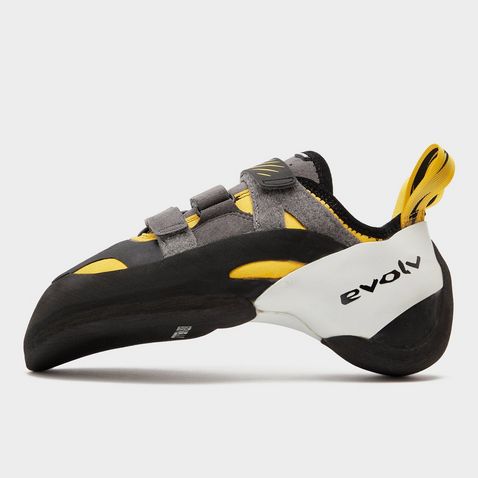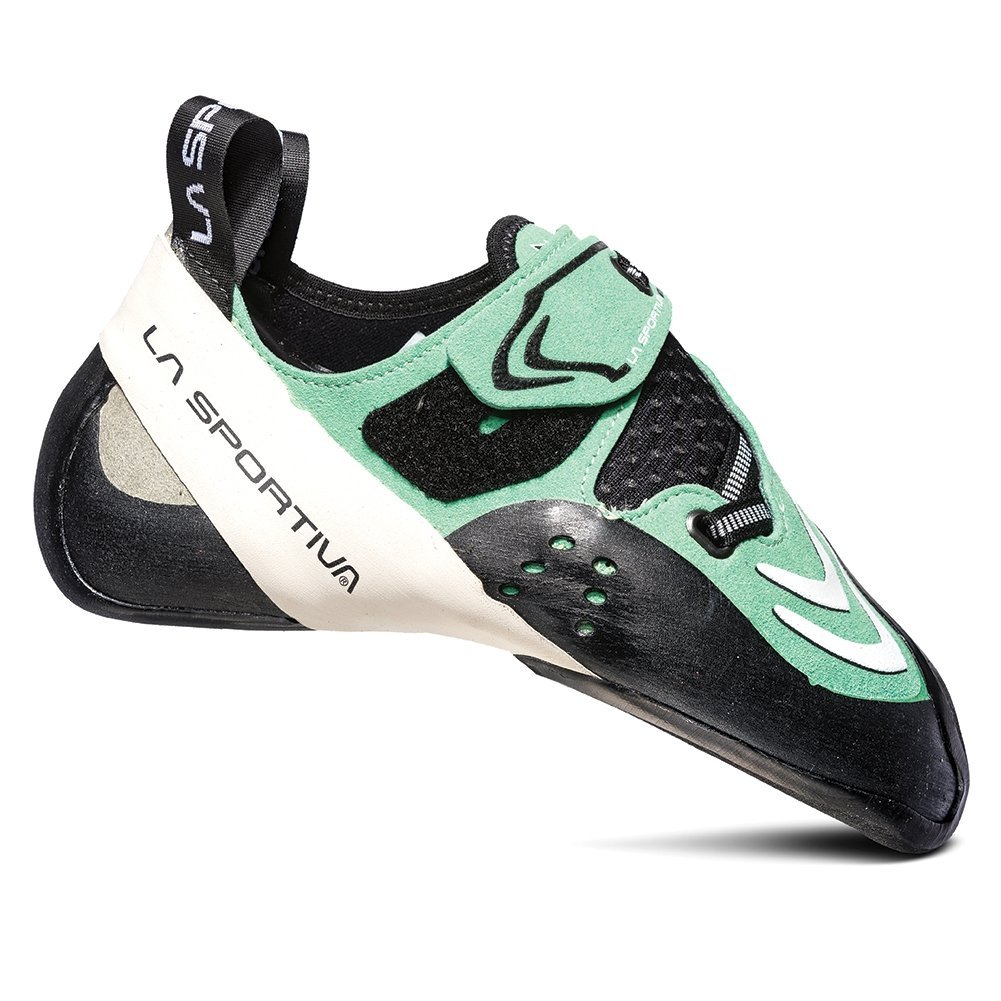As climbers, we want shoes that cling to the wall like a second skin. But very tight shoes can restrict blood flow, causing numbness and pain.
Finding the sweet spot between performance and comfort takes some trial and error. However, understanding proper fit is key to avoiding unnecessary foot pain.
Check out our wide selection of climbing shoes on sale! Our gear experts would be happy to offer shoe-fitting advice as well.
Goldilocks Fitting: Just Right is Best
When trying on climbing shoes, aim for a snug but not painfully tight fit. Your toes should lie flat and touch the front of the shoe without curling or overlapping. Heels and ankles should feel secure without rubbing.
As you break shoes in, they will stretch and mold to your feet’s shape. So resist the urge to size up. Shoes stretched out too much to lose precision and power.
Go up or down a half-size to fine-tune the fit if needed. Insoles and socks also impact sizing.

Why Climbers Accept Some Discomfort
So why do many climbers grin and bear uncomfortably tight shoes? Two reasons:
- Precision and control. Snug shoes better transmit leg and foot movements to the rock. This allows climbers to stand on tiny nubbins and texture that looser shoes would slip off of.
- Power transfer. Tight-fitting shoes don’t waste energy squishing around on your feet. More force goes straight to the rock instead.
However, these benefits plateau once shoes constrict blood circulation. At that point, numbness sets in, along with injury risk and weaker grip strength.
Finding shoes offering precision without pain takes trying on multiple brands and models. Feet come in infinite shapes and sizes but shoes do not.
Signs of Poor Climbing Shoe Fit
Look out for these signs of improperly fitted shoes:
- Numbness or tingling in feet
- Loss of toe/foot control and precision
- Painful blisters and calluses
- Cramping feet
- Bruising beneath toenails (hematomas)
- Difficulty removing shoes due to swollen feet
Adjust fit immediately if experiencing any of these symptoms. Ignoring them can cause injuries – and poorly fitting shoes won’t perform their best anyway.
Tips For Breaking In Climbing Shoes
- Wear shoes at home to gently stretch them out before climbing.
- Bandage “hot spots” prone to blisters. Moleskin also helps.
- Loosen laces/Velcro if feet go numb or tingly while climbing.
- Consider renting multiple sizes when breaking in new shoes.
- Heat moldable shoes with a hair dryer on low for a custom fit.
In short: Expect some snugness but not true pain or loss of circulation. Well-fitted shoes empower efficient, injury-free climbing. Need help finding your perfect pair?
Check out our wide selection of climbing shoes on sale! Our gear experts would be happy to offer shoe fitting advice as well.



